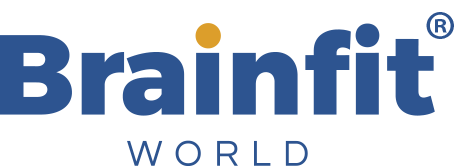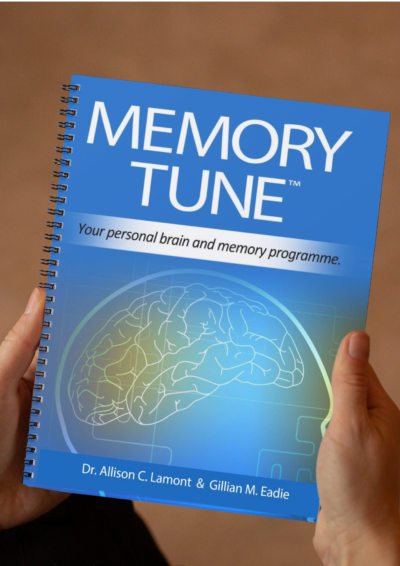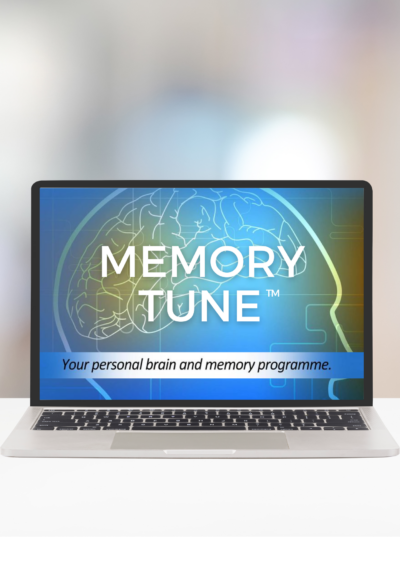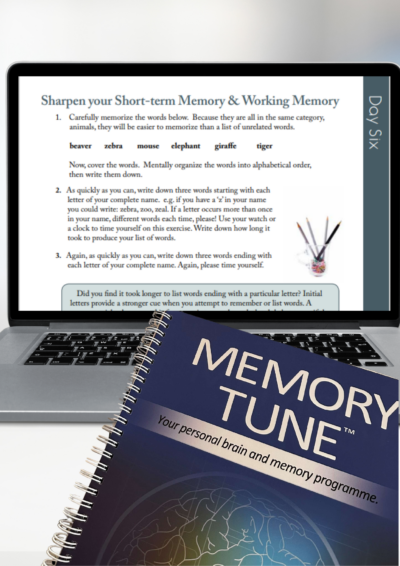Here is a list of 16 ‘neuromyths’ that were prevalent among teachers in 2012. (Quite a long time ago now!) 
Research shows that some are correct and some are not.
Check your own knowledge below.
- We use our brain 24 hours a day.
True or False?
TRUE. Your brain never sleeps – even when YOU are sound asleep!
- Children must acquire their native language before a second language is learned. If they do not do so neither language will be fully acquired.
True or False?
FALSE. Children absorb all sounds around them and may well be learning words from several languages concurrently.
- Boys have bigger brains than girls.
True or False?
TRUE. Brain size relates to body structure and weight and boys are usually larger and heavier than girls are.
- If pupils do not drink sufficient amounts of water (6–8 glasses a day) their brains shrink.
True or False?
FALSE. Dehydration will negatively affect the way the brain can process information, but the brain itself does not shrink.
- It has been scientifically proven that fatty acid supplements (omega‑3 and omega‑6) have a positive effect on academic achievement.
True or False?
FALSE. Research continues into the positive effects of fatty acid supplements on brain health. The impact on academic results has not as yet been a subject for study.
- When a brain region is damaged other parts of the brain can take up its function.
True or False?
TRUE. The magic of neuroplasticity has been demonstrated with MRI scans. We now know that active brain connections can be stimulated to grow at any age – and that they can take on the functions of damaged parts of the brain.
- We only use 10% of our brain.
True or False?
FALSE. This is a persistent, silly myth! Your whole brain is engaged in almost all activities. Certain areas are more active for specific tasks such as movement, speaking, recalling information and so on but your whole brain is active at all times, even when you are asleep.
- The left and right hemisphere of the brain always work together.
True or False?
TRUE. The two hemispheres of the brain are coordinated via the corpus callosum and there is constant activity between neurons and neural pathways, via the neurotransmitters.
- Differences in hemispheric dominance (left brain, right brain) can help explain individual differences among learners.
True or False?
FALSE. This is an ‘old’ brain theory that was held until MRI scans revealed how active the whole brain is at any time. Certain characteristics (such as imaginative thinking vs mathematical logic) have been noted relating to specialized areas of the brain but in recent times, calling someone’s skills Left Brain or Right Brain, is now incorrect.
- The brains of boys and girls develop at the same rate.
True or False?
FALSE. Male babies are born with as much testosterone as a 25-year-old man. Studies indicate testosterone may improve spatial reasoning. Girls have the brain that boys would have if theirs weren’t reshaped by testosterone. Once girls and boys are born, their brains continue to take different paths. MRI studies show that some areas grow faster in female brains while others grow faster in male brains. So, the brains of boys and girls who are the same age can be at different developmental stages. Eventually, though, they catch up with each other. Size also varies. Male brains grow slightly larger than female brains, although the significance of this isn’t clear. Some research has shown that in girls, the region of the brain that helps control language and emotion – called the caudate – tends to be larger.
- Brain development has finished by the time children reach secondary school.
Click here to learn more
FALSE. Under most laws, young people are recognized as adults at age 18. But emerging science about brain development suggests that most people don’t reach full maturity until the age 25. The changes that happen between 18 and 25 are a continuation of the process that starts around puberty, and 18 year olds are about halfway through that process. Their prefrontal cortex is not yet fully developed. That’s the part of the brain that helps inhibit impulses and to plan and organize your behavior to reach a goal. The brain’s reward system becomes highly active around the time of puberty and then gradually goes back to an adult level, which it reaches around age 25 .
- There are critical periods in childhood after which certain things can no longer be learned.
True or False?
FALSE. Learning can take place at ANY stage of life for a healthy brain. In fact, the percentage of mature students returning to university in their later years is steadily growing.
- Information is stored in the brain in a network of cells distributed throughout the brain.
True or False?
TRUE. Everything you know is stored for you in the cortex but not as discreet categories such as words, faces, books, places …… to reconstruct a memory you want to recall, your brain collects pieces of that information and brings it together e.g the shape, colour, sound, smell, the feel of the object and the emotion you stored along with that memory. And it does this for you in a fraction of time! No wonder it sometimes takes a short while to recall a name.
- Learning is not due to the addition of new cells to the brain.
True or False?
TRUE. When you learn something new, you are activating brain connections – the dendrites from each cell (neuron) – and these make the necessary neural pathways to the cortex where this newly acquired knowledge is stored.
- Individuals learn better when they receive information in their preferred learning style (e.g., auditory, visual, kinesthetic).
True or False?
FALSE. Although there are many people who do prefer a particular way of learning something new, there is a lack of scientific evidence that targeting teaching to preferred learning styles improves achievement. Encouraging people to adapt to as many different inputs as possible is current thought to be most helpful.
- Learning occurs through modification of the brains’ neural connections.
True or False?
TRUE. Changes throughout the expanse of the brain are necessary to create a coherent memory or store new learning. Whether recalling the details of last night’s lecture or using an acquired skill such as riding a bike, the activity of millions of neurons in many different regions of your brain must become linked to produce a coherent memory that interweaves emotions, sights, sounds, smells, event sequences and other stored experiences. The level of attention and motivation during the event has an impact, too, and connected thoughts and feelings are processed while one is asleep.
Were there any of these surprising to you?






As a Psyc Major yes So Technology and MRI have
changed some views. —- However I still learn better if I write it down — And maybe rewrite it.
Not so much a comment but so good to see hopefully I can send it out to family around the world.
Yes that is why we should keep uptodate with new discoveries. I was still thinking of right or Left Brain skills. So I need to adjust my thinking.
HI
That was really interesting and yes, there were a few that I got wrong. But this is the good part about being with you- you learn new things that you wouldn’t otherwise
I’m so glad you found this useful! And isn’t it amazing how many untrue ideas surround us about the brain. We will be keeping up with them for you!
Absolutely! And of course, right brain – left brain comments are still made by people because it was so much a part of early brain theory. MRI scans debunked so many old beliefs about the way the brain works.
We love having our newsletters shared with others! It helps us achieve our mission of having everyone work on brain fitness, no matter the age and stage of life.
Of course, many of us do write things down because that is the way we were taught. I am the same – I take notes, even though I often don’t refer back because the note-taking actions created the memory traces before encoding the thoughts into the long-term memory. Whatever works – as long as we understand that the whole brain is engaged while we are doing this ….
Thank you for this I love it,
I think I’ll use it as a quiz in one of our Young Onset Dementia get-together’s.
Please do! The more accurate information people have, the better they are able to put this knowledge into practice.
What an incredible ‘organ’ we have at our disposal!
There must be things we should do, and other things we shouldn’t do in order to promote the “good health” of the brain.
I’ve not thought of that before.
I think that perhaps, for eg., stress is not good for the brains functioning?
I will certainly circulate this to our 9 grandchildren and their parents, thanks Gillian.
The more people knowing factual information, the better, Mary! Thank you.
Indeed, stress is the enemy of effective brain processing!
Here are two article you might find helpful? https://www.brainfit.world/conquer-stress/ and https://www.brainfit.world/right-stress/